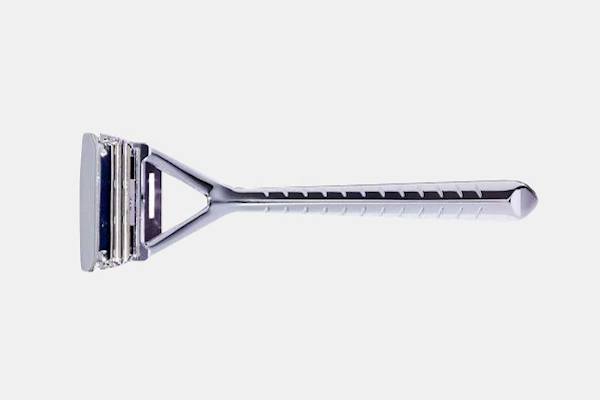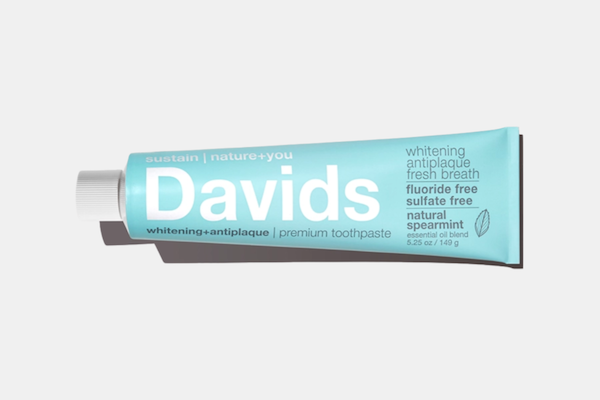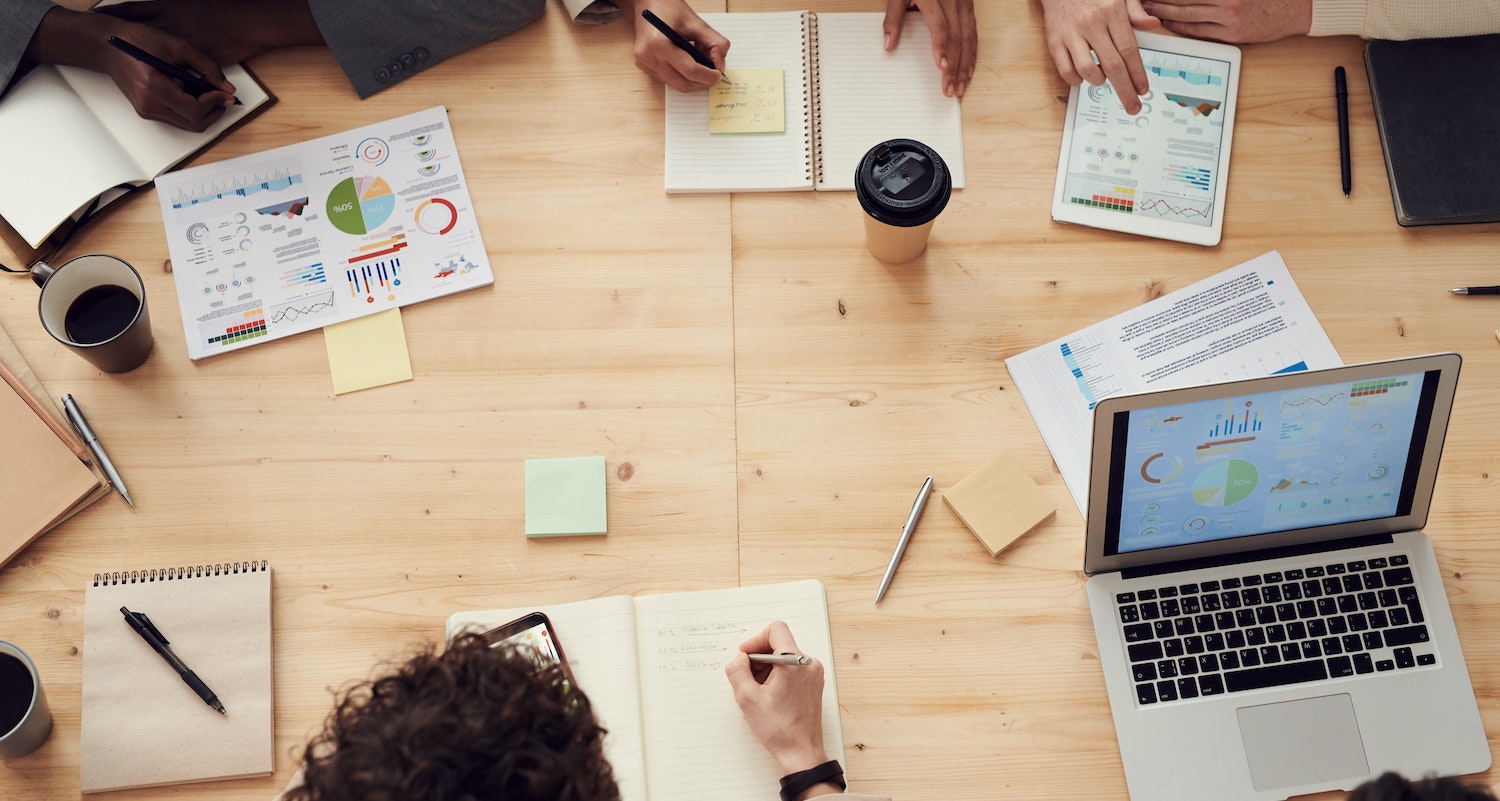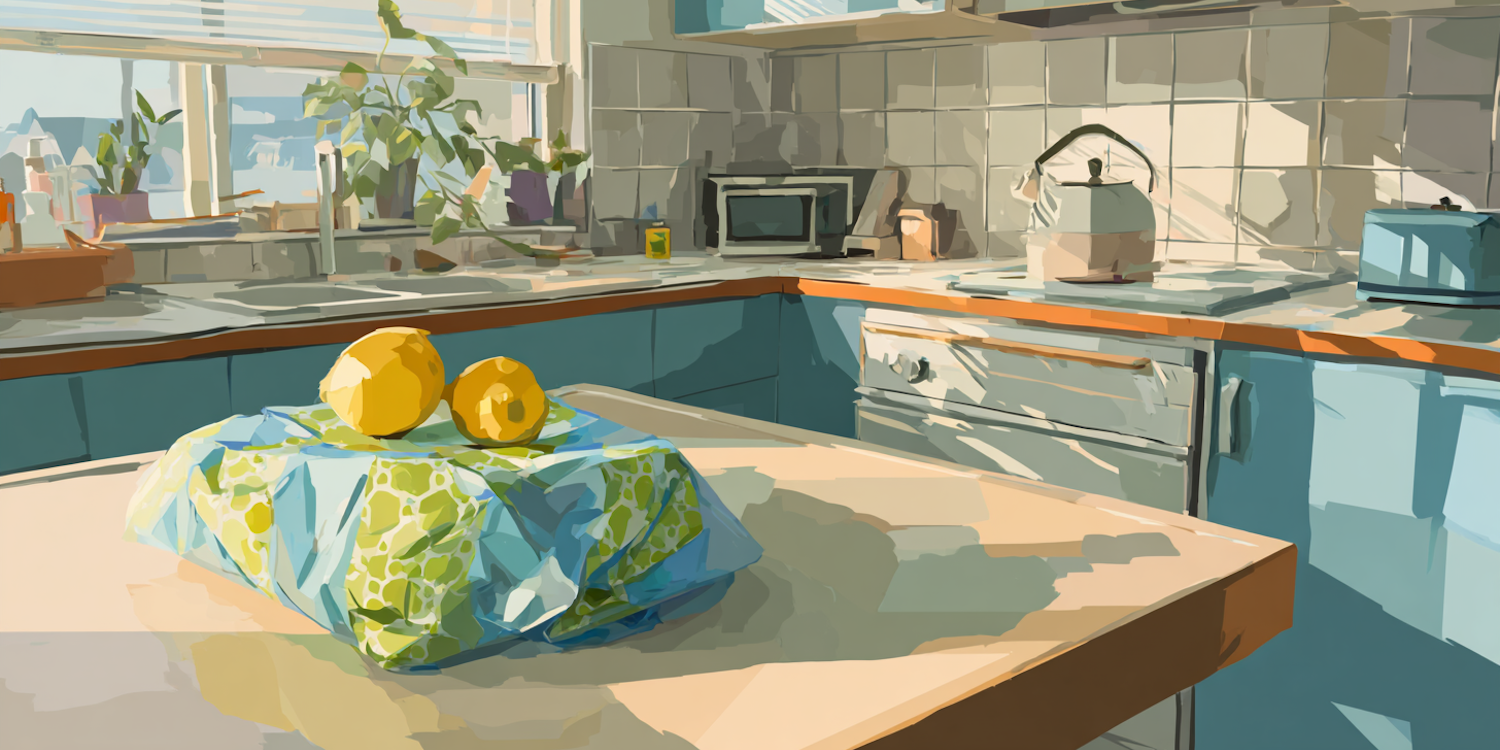At Lochtree, we talk about product life cycles a lot. But we know that may have some of you scratching your heads wondering what a product life cycle really is. To make it a little bit easier to understand, we’ve dedicated this whole entire blog to explaining the complexities of a life cycle.
Assessing a product life cycle requires in-depth monitoring, accounting, and analysis of every step along a product’s existence. It starts the moment we extract raw materials to produce the product. It ends whenever consumers decide to throw it “away” or when it can literally no longer be used.
Here’s a more comprehensive look at the beginning, middle, and end of a product life cycle.
What is a Product Life Cycle, and Why Does it Matter?
A product life cycle begins with the harvesting of raw materials. It continues through manufacturing and production. Then packaging and distribution. It can include storage and use. Then, the cycle ends with the product’s inevitable disposal. This disposal could be sending a plastic solo cup to landfills after one use. Or when a blanket made of t-shirts finally falls apart and can no longer be used.
By studying a product's life cycle, our goal is to figure out how we can reduce the impacts to the planet within a life cycle. We’re also looking for new ways to make products last longer.
Many factors come into play when assessing product life cycles for environmental impact. There are now many data sets, tools, and resources to help companies understand the impacts of their products if they want to make changes to their organization. This is one way of looking at their products and business beyond the dollars and cents.
Armed with information on each stage of the product life cycle, businesses can make more sustainable decisions.
Understanding the Externalities
The non-monetary “costs” of a product are externalities. These external impacts and byproducts of a product’s life cycle together represent the true costs of any manufactured good. Unfortunately, they are often overlooked and seldom accounted for. Below are a handful of examples of externalities.
Greenhouse Gas (GHG) Emissions
Transporting raw materials, manufacturing them into products, and shipping those products all over the world burns through massive amounts of fossil fuels. This releases the planet-warming carbon dioxide stored within them into the atmosphere. As you likely know, this contributes to global warming. While retailers often entice customers with “free shipping,” the carbon cost of shipping is simply neglected.
Unfair Pay
Many U.S. companies were recently called out and sued for underpaying, mistreating, and even abusing their employees. One example is that men are still receiving higher wages on average than women for the same work. Underpaying employees allows companies to charge less than their competitors for the same products, at the expense of workers and their families.
Plastic Pollution
The first synthetic plastic was patented in 1862, but plastic production didn’t start booming until the 1950s. Now, hundreds of types of plastics are in use. Plastic comprises everything from life-saving medical equipment to VR headsets and single-use to-go containers.
Although some plastics can be recycled into other usable goods, roughly 90% of plastic isn’t recycled. According to a 2016 study, only 30% of plastic packaging produced annually (nearly 80 million tons) ends up in our oceans. That's the same as dumping one full garbage truck of plastic into the ocean every minute.
Microplastic pollution has now been confirmed in some of Earth’s most remote locations. They’re at the top of Mount Everest, at the bottom of the deepest oceans, and even in human blood. Given the many sources of plastic pollution, trying to hold any one company or industry accountable is impossible.
Cradle to Grave vs. Cradle to Cradle
Coined by William McDonough in 2002, the term “cradle to cradle” is becoming more widely accepted as the gold standard when it comes to sustainable product design. And with good reason.
Conventional product design and manufacturing practices follow a cradle to grave model. This means that materials are harvested, made into products, used by consumers, and trashed. This process is linear, with a definite beginning and a finite end (i.e., the landfill).
Cradle to cradle design follows a more circular model of production. These products usually need fewer resources and less energy to manufacture. They also last and hold their value longer. And, they are made with materials that can be recovered and infinitely recycled or reused. So, cradle to cradle design ensures minimal, if any, waste in the product life cycle process.
More and more brands are seeking new and innovative ways to create products that won’t end up in oceans and landfills. Consumer demand for sustainably produced goods is also on the rise. Companies are realizing that their future success will depend on meeting the demands of conscious consumers.
What are the Stages of a (Sustainable) Product Life Cycle?
The Life Cycle Initiative defines a life cycle sustainability assessment (LCSA) as “the evaluation of all environmental, social and economic negative impacts and benefits in decision-making processes towards more sustainable products throughout their life cycle.” The LCSA and similar frameworks are helping companies around the world develop sustainability-focused products and practices.
Here’s a quick breakdown of each stage in a product life cycle, plus a few ideas and suggestions for making products more sustainable.
1. Design: Creating Your Product and Packaging
Setting yourself up for success starts with designing products with sustainability in mind. This phase may include identifying materials that can be harvested and transported sustainably. Or you can design your products to last longer. And, it’s not always about the product. Improving packaging can prevent landfill waste and reduce GHG emissions.
2. Gathering Raw Materials
Consider where and how your product’s raw materials are harvested. How much energy goes into extraction? Does the extracting company pay its workers fairly while ensuring their safety? What’s the distance between the materials’ source and the manufacturing plant? And, will the materials be recyclable, compostable, or landfill-bound when the product reaches its end of life? All these questions can help determine the best material for a product’s life cycle.
3. Manufacturing and Production
Determine the amount of fossil fuel required for production and consider ways to offset or reduce GHG emissions. This often looks like adding renewable energy infrastructure (like rooftop solar or an onsite wind turbine). Identify any pollutants or harmful byproducts created during production. Then, research how to properly capture and responsibly dispose of them. Record how much and what kinds of waste your factory produces. Reduce landfill waste and consider instituting policies and programs to recycle, reuse or repurpose as much as possible.
4. Packaging and Distribution: What You Put Your Product In and How You Send It
If your company uses gasoline-powered vehicles to transport its products to stores and customers, consider transitioning to an all-electric fleet to reduce GHG emissions. Explore alternative packaging materials that can be harvested sustainably. Sustainable packaging often requires fewer resources to make and transport. At the end of your packaging’s life, you want it to be recyclable, compostable or repurposed by the consumer.
5. Product Use
This stage assesses the carbon footprint of your product while it’s in use by the consumer. There are often opportunities to reduce the total carbon footprint during the product's use. Consider how much energy will be needed to charge your product’s battery. Will it introduce potentially hazardous chemicals to the user’s environment? And, how long can it reasonably be expected to last before being discarded?
6. Disposal: End of Life
Determine what options customers will have for disposing of your product. Will they be able to recycle, upcycle, repurpose or donate it? Would implementing a company-run buy-back program or responsible disposal or recycling service be possible?
Two Examples of Product Life Cycles
Big Brand Laundry Detergent
While modern washing machines consume far less water and energy than those of the past, laundry detergent has barely evolved. Most liquid laundry detergents still come in plastic jugs and bottles. They’re unsustainable to ship given their size and weight. They also contain surfactant and phosphates which negatively affect our waterways and aquatic life. Big brand laundry detergent is just one product that is contributing to the plastic pollution crisis.
Tru Earth® Eco-Strips
Sustainability-focused laundry detergent companies like Tru Earth are helping customers ditch the plastic for more environmentally responsible options. Tru Earth Eco-Strips come in recyclable paper packaging so, at the end of its life cycle, all you’re left with is a cardboard box.
They also weigh significantly less (roughly 3 grams) than liquid or powder detergents. This means we can transport more of them using less energy and emitting less greenhouse gasses. They don’t include the harmful ingredients that big brand laundry detergents use. And, they are just as effective at cleaning your clothes.
How Can Companies Improve Product Life Cycles?
As we mentioned earlier, having a deep understanding of your product lifecycle takes a lot of work and diligent measurements. So why are more and more companies taking on this painstaking challenge of measuring their product life cycles? Many companies are simply responding to consumers’ increasing desire for full transparency. Others are waking up to the importance of doing business sustainably.
Consumers are held accountable for how they dispose of any goods they purchase and use. But companies must assume full responsibility for assessing and improving the life cycle of the products they sell. Many companies, like Lochtree, are working hard to provide consumers with more sustainable alternatives to products (like laundry detergent).
As consumers, we have the power to support companies that take the life cycle of their products seriously. We can put our money towards sustainably designed products that pose fewer threats to the Earth’s ecosystems.
If you’re looking to improve the life cycle of your products, or further explore the various stages of the product life cycle, here are a few places you can learn more:
- Calculate your product’s carbon footprint using online tools such as the 2030 Calculator.
- Subscribe to a carbon offset program to balance out the impacts of cradle-to-grave production. (Check out EcoWatch’s Best Carbon Offset Programs of 2022 list.)
- Optimize shipping and packaging for shorter distances and lighter loads to reduce fossil fuel consumption and emissions.
- Consider using renewable resources and regenerative crops like hemp and bamboo.
- Adopt and support sustainable and regenerative farming practices.
- Implement low-impact manufacturing processes.
- Foster safe, inclusive and fair-pay workplaces for employees and producers.
- Invest in renewable energy infrastructure like rooftop solar to shrink the carbon footprint of manufacturing plants, offices, data centers and brick-and-mortar stores.
- Design products that last longer to prevent them from piling up in landfills.
- Create products and packaging with recyclable and BPI-certified compostable materials.
Consider becoming B Corporation Certified to increase transparency with your customers.






